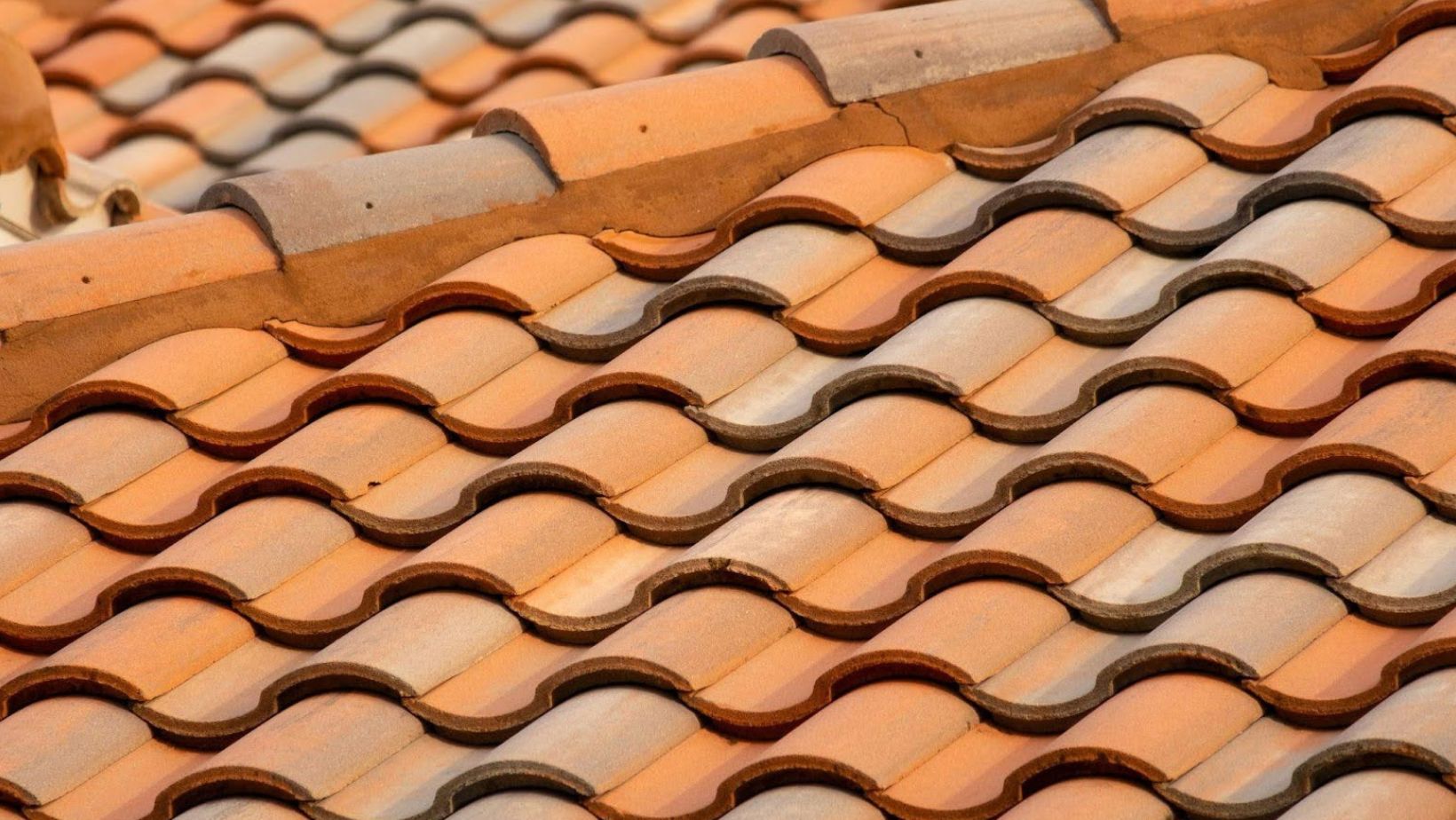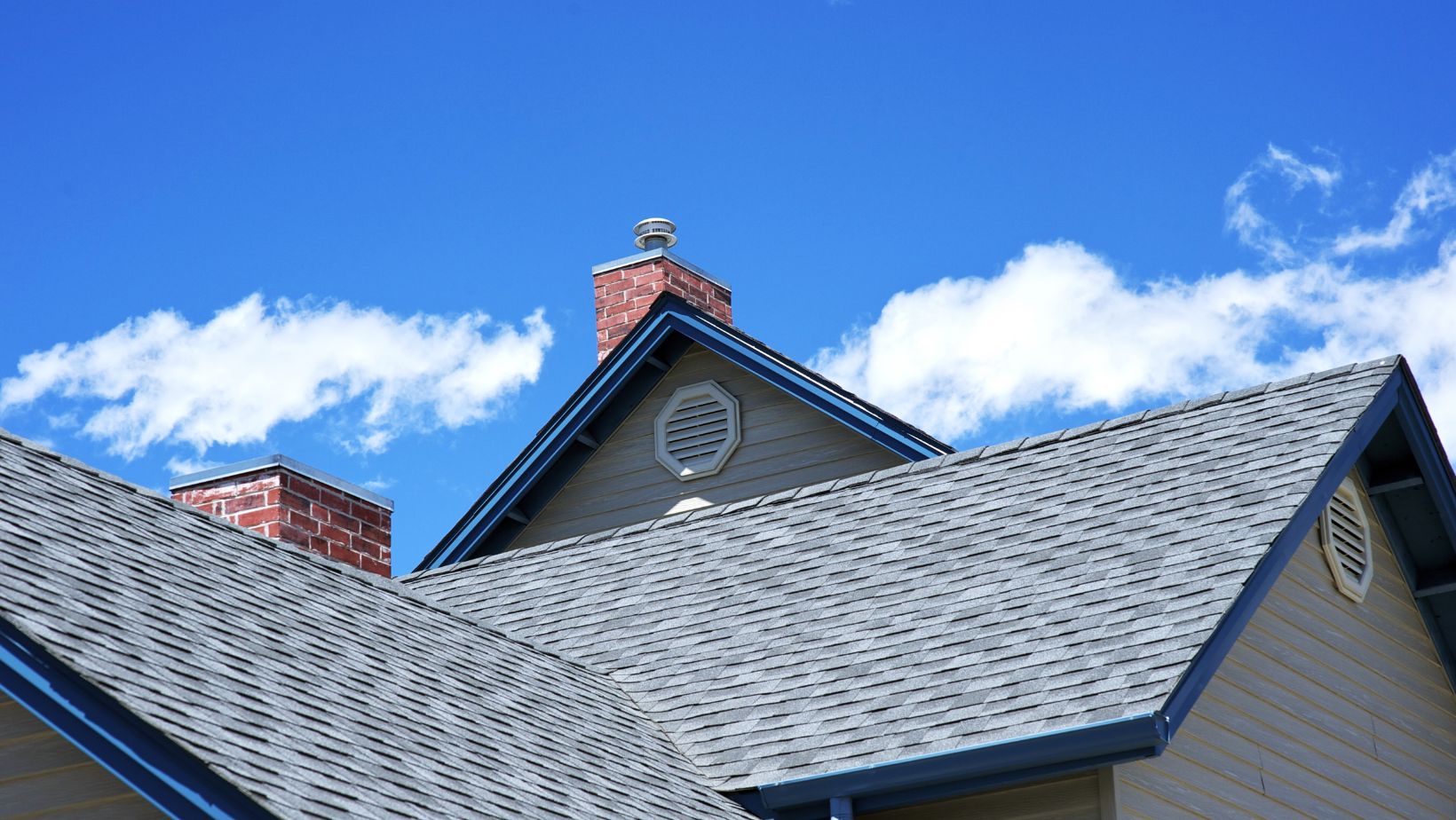
A roof replacement is a significant investment that goes beyond simply choosing a new material. In this guide, we will discuss the essential factors to consider when replacing your roof and provide vital tips to ensure you select the right one for your precious home.
Budget
Your financial plan is the foundation of your roofing project. A realistic budget can help you navigate choices in materials and labor, and prevent overspending. To help you get a good baseline for your budget, research the typical cost of roof replacement in your area. Secure detailed written quotes from several roofing contractors to ensure fairness.
Contractor
Choosing a trustworthy and experienced contractor is a crucial step for a successful roofing installation. Research reputable companies and remember to ask for local references and read online reviews. Make sure they are fully insured and licensed to safeguard you from liability.
Compare estimates and ensure that your potential contractors break down all costs, including labor, materials, and cleanup. Seek certifications, as some contractors have certifications from manufacturers, which can be a sign of a higher level of expertise and training. When interviewing contractors, ask them about their process for protecting your property and landscaping. This is particularly important if you have sensitive plants or architectural features.
Materials
The right materials depend on factors beyond appearance, including your local climate, budget, and desired longevity. Make sure to choose a material that suits your local weather conditions. For instance, metal roofing is excellent for areas with heavy rainfall and typhoons, while reflective roofing materials help in hot climates.
In addition, take note that the lifespan of roofing materials significantly differs. You should also consider energy efficiency, as some materials reflect heat and improve insulation, potentially reducing your energy bills.
Unexpected Costs
Several hidden factors can increase the final price of your project. Once your old roof is removed, your contractor may uncover underlying issues such as mold, rotten wood, or structural damage that can add to the total cost. Make sure to plan for disposal, as removal or disposal costs can increase if your roof has multiple layers or uses unusual materials.
Post-Installation Plans
A roofing project doesn’t end when the last shingle is installed. Conduct a final walkthrough with your contractor to ensure the work is complete and the cleanup is finalized. Learn and understand the maintenance requirements for your new roof material to maximize its longevity.
Make it a point to keep the gutters clean and trim overhanging branches to prevent debris from trapping moisture and causing damage. Remember to conduct inspections twice a year, ideally in the spring and fall, to catch early signs of wear and tear. For a more extensive assessment, don’t hesitate to schedule professional inspections, as these experts can catch potential issues that you might have overlooked.
Endnote
Choosing the best roof for your home involves careful consideration of the above-mentioned elements. By evaluating each of these aspects and partnering with a trustworthy contractor, you can ensure a successful and long-lasting investment that protects your most valuable asset.







